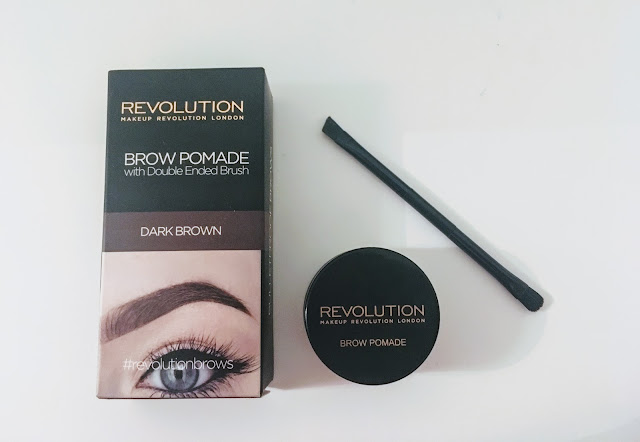New surgical treatments for scoliosis - Vertical body stapling and Wedge osteotomies
Hello everyone,
I was looking at new scoliosis news and i stumbled across two new treatments which are currently being developed in Philadelphia right now! The fact that new operations and treatments are constantly being developed is really interesting and can help new patients with scoliosis as they now have a choice and to some extent control over the flexibility maintained post surgery and of course the procedure which suits them.
For patients with progressive moderate scoliosis, (less than 45°) who are still growing (girls up to age 14 and boys up to age 16), inter vertebral body stapling of the convex (outer) side of the anterior spine may keep the curve from progressing. With the convex growth plates held in place, continued development of the concave (inner) growth plates should stabilize the progression and may allow some slight correction of deformity as the child grows. This concept has been used in children with bowlegs and knock-knees for some time. Using staples in the spine for stabilization of scoliosis was actually conceived 20 years ago but failed because the staples would dislodge and fall into the chest. Improvements in technology have led to development of a staple made of a memory-shaped alloy (nickel and titanium). The staple is shaped like a clamp at room temperature. When placed in an ice bath, the staple can be bent straight for insertion. After inserting the staple into the spine, upon heating to body temperature the staple returns to its original clamp shape, which prevents it from dislodging. This technological advancement has allowed physicians to reconsider its use for correction of spine deformity.
The procedure of Vertical body stapling, has been used in Philadelphia on 12 patients with idiopathic scoliosis. All but one of the operations were carried out via thoracoscopic approach, the one which was not carried out via the same approach was due to the curvatures location in the lumbar part of the spine instead of thoracic resulting in small incisions used to access the curve.
The results from this procedure so far have been very good, the curves have maintained there position and none have progressed. The only problem with this new method of treatment is the speed of correction, unlike spinal fusion the correction is not immediate and takes around about a year to reduce as little as 10 degrees. However, the follow up unlike spinal fusion is only a short amount of time post surgery.
Vertical body stapling and Wedge osteotomies are operations which are fusion- less, and can help to maintain the flexibility within the spine.
I personally think that Vertical body stapling and Wedge osteotomies are good alternatives to spinal fusion, especially for people who are gymnasts or heavily involved with sport activities as these procedures help to keep as much flexibility within the spine as possible.
Please feel free to leave your thoughts and opinions regarding these two new surgical treatments for scoliosis in the comments below.
You can read more about the procedures - Here
Thank you for reading, and i hope you found this useful or interesting to some extent.
Sadie xoxo
I was looking at new scoliosis news and i stumbled across two new treatments which are currently being developed in Philadelphia right now! The fact that new operations and treatments are constantly being developed is really interesting and can help new patients with scoliosis as they now have a choice and to some extent control over the flexibility maintained post surgery and of course the procedure which suits them.
For patients with progressive moderate scoliosis, (less than 45°) who are still growing (girls up to age 14 and boys up to age 16), inter vertebral body stapling of the convex (outer) side of the anterior spine may keep the curve from progressing. With the convex growth plates held in place, continued development of the concave (inner) growth plates should stabilize the progression and may allow some slight correction of deformity as the child grows. This concept has been used in children with bowlegs and knock-knees for some time. Using staples in the spine for stabilization of scoliosis was actually conceived 20 years ago but failed because the staples would dislodge and fall into the chest. Improvements in technology have led to development of a staple made of a memory-shaped alloy (nickel and titanium). The staple is shaped like a clamp at room temperature. When placed in an ice bath, the staple can be bent straight for insertion. After inserting the staple into the spine, upon heating to body temperature the staple returns to its original clamp shape, which prevents it from dislodging. This technological advancement has allowed physicians to reconsider its use for correction of spine deformity.
The procedure of Vertical body stapling, has been used in Philadelphia on 12 patients with idiopathic scoliosis. All but one of the operations were carried out via thoracoscopic approach, the one which was not carried out via the same approach was due to the curvatures location in the lumbar part of the spine instead of thoracic resulting in small incisions used to access the curve.
The results from this procedure so far have been very good, the curves have maintained there position and none have progressed. The only problem with this new method of treatment is the speed of correction, unlike spinal fusion the correction is not immediate and takes around about a year to reduce as little as 10 degrees. However, the follow up unlike spinal fusion is only a short amount of time post surgery.
Vertical body stapling and Wedge osteotomies are operations which are fusion- less, and can help to maintain the flexibility within the spine.
I personally think that Vertical body stapling and Wedge osteotomies are good alternatives to spinal fusion, especially for people who are gymnasts or heavily involved with sport activities as these procedures help to keep as much flexibility within the spine as possible.
Please feel free to leave your thoughts and opinions regarding these two new surgical treatments for scoliosis in the comments below.
You can read more about the procedures - Here
Thank you for reading, and i hope you found this useful or interesting to some extent.
Sadie xoxo




Comments
Post a Comment